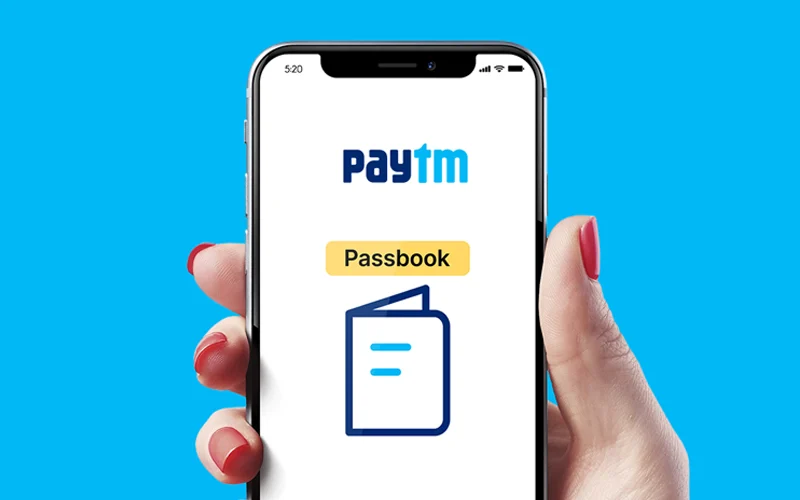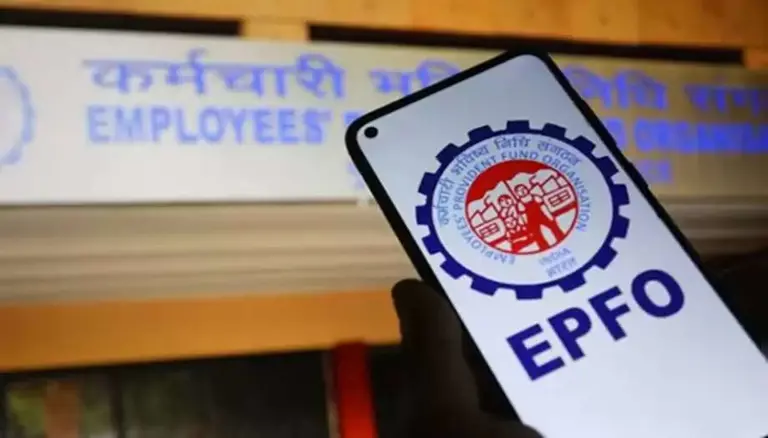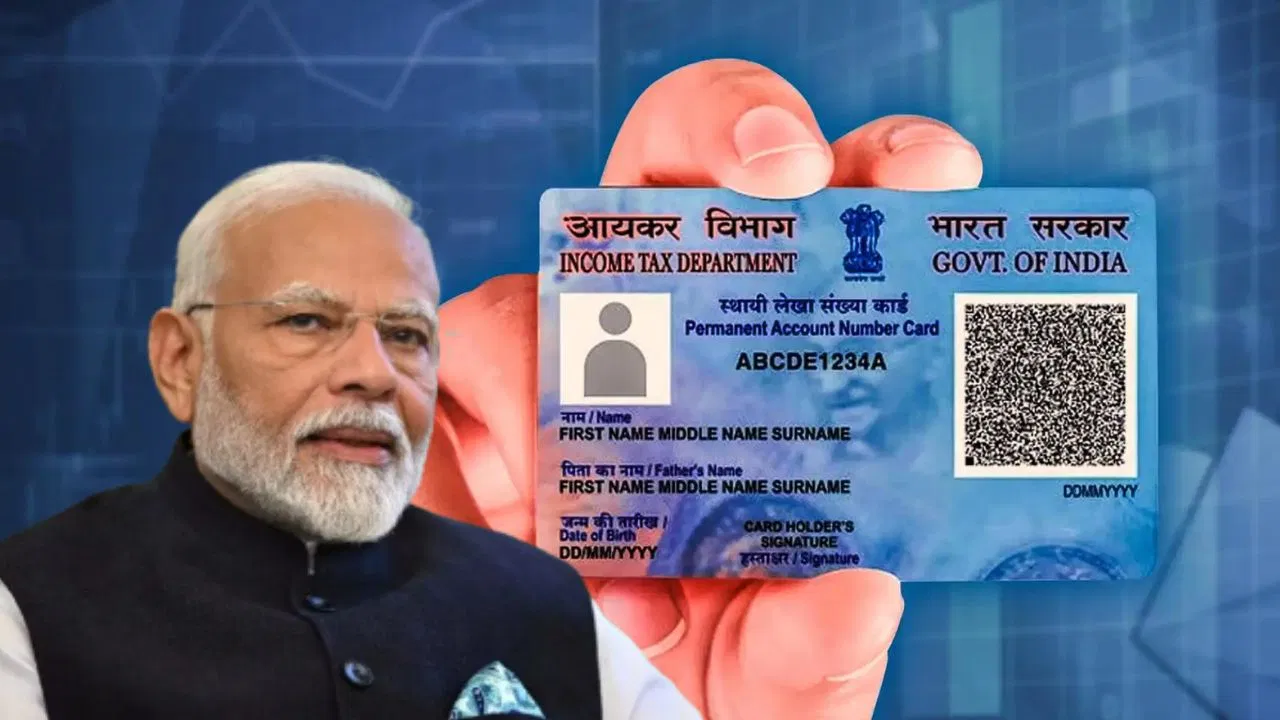Unified Payments Interface (UPI) has revolutionized digital transactions in India, making payments seamless and instant. However, starting April 1, 2025, new rules will come into effect that could impact how you use UPI for daily transactions. These changes aim to enhance security, regulate high-value transactions, and streamline the digital payment ecosystem.
Key Changes in UPI Transactions
The National Payments Corporation of India (NPCI) and the Reserve Bank of India (RBI) have introduced several key amendments that users need to be aware of:
1. Transaction Limits Revised
- Daily transaction limits may be reduced for certain users based on their risk profile.
- High-value transactions may require additional authentication.
- Merchants receiving UPI payments above a specified limit may face transaction caps.
2. Enhanced KYC Requirements
- Users with incomplete or outdated Know Your Customer (KYC) details may experience restrictions.
- Banks and payment providers may impose additional verification steps for non-KYC-compliant accounts.
3. Restrictions on Wallet-Based UPI Payments
- Transactions from linked digital wallets via UPI may have new caps.
- Prepaid wallets integrated with UPI could require additional authentication for large payments.
4. Increased Security for Large Transactions
- Any UPI payment above ₹50,000 may require biometric authentication or a One-Time Password (OTP).
- Additional security measures may apply to prevent fraud in high-value transactions.
5. Merchant Transactions Under New Guidelines
- Businesses using UPI for high-value transactions must comply with new reporting norms.
- UPI AutoPay services may see restrictions on automatic deductions above a certain limit.
6. Changes in Peer-to-Peer (P2P) Transfers
- Sending money to new recipients may require a 24-hour cooling period for high-value transactions.
- P2P transfers above ₹1 lakh may need additional authorization.
How These Changes Impact Users
For Individuals
- Those making frequent high-value transactions may need to complete additional security steps.
- Non-KYC-compliant users might face difficulties in using UPI services smoothly.
- Spending from UPI-linked wallets could be restricted based on new limits.
For Businesses
- Merchants relying on UPI for large transactions need to comply with new rules to avoid disruptions.
- Subscription-based services using UPI AutoPay might need to revise their payment policies.
- Increased authentication steps may slow down checkout times for high-value purchases.
Steps to Stay Prepared
- Update KYC Information: Ensure your bank details and KYC documents are up to date.
- Enable Additional Security Features: Activate biometric authentication or OTP approvals for large payments.
- Check Bank Notifications: Keep an eye on your bank’s communication regarding specific changes.
- Monitor Daily Limits: Be aware of transaction caps and adjust spending habits accordingly.
- Use Alternate Payment Methods: Consider alternative options like NEFT, RTGS, or card payments for high-value transfers.
Conclusion
With these new UPI rules coming into effect from April 1, it is crucial for users and businesses to stay informed and prepared. While these changes enhance security and transaction monitoring, they also introduce new limitations that could impact daily digital transactions. By understanding and adapting to these updates, users can continue to enjoy the convenience of UPI without disruptions.
FAQs
1. Will my UPI transactions be blocked after April 1?
Not necessarily. If your transactions comply with the new rules and your KYC details are updated, you should not face any major issues.
2. What happens if I exceed the new transaction limit?
If you exceed the set limits, your transaction may be declined, or you may need to authenticate it with additional security measures.
3. Do these changes affect all banks and UPI apps?
Yes, these new regulations apply to all banks and UPI-enabled apps operating under NPCI guidelines.
4. Can I still use UPI for large payments?
Yes, but additional authentication steps may be required for transactions above ₹50,000.
5. How do I update my KYC for UPI?
You can update your KYC details through your bank’s mobile app, net banking, or by visiting your nearest bank branch.
Stay updated with the latest UPI regulations to avoid any last-minute hassles and ensure smooth transactions!


















Leave a Reply